Coming to market in December 2020, the Xiaomi Mi 11 comes with a powerful Qualcomm Snapdragon 888 processor and triple camera setup that features a 108 MP main camera. In this review we summarize how well it performed in our Display protocol tests.
Key display specifications:
- AMOLED screen
- Size: 6.81 inches (91% screen-to-body ratio)
- Dimensions: 164.3 x 74.6 x 8.1–8.6 mm (6.47 x 2.94 x 0.32–0.34 inches)
- Resolution: 1440 x 3200 pixels
- Aspect ratio: 20:9, 515 ppi
- Refresh rate: up to 120 Hz (tested at 60 Hz default setting)
About DXOMARK Display tests: For scoring and analysis in our smartphone and other display reviews, DXOMARK engineers perform a variety of objective and perceptual tests under controlled lab and real-life conditions. This article highlights the most important results of our testing. Note that we evaluate display attributes using only the device’s built-in display hardware and its still image (gallery) and video apps at their default settings. (For in-depth information about how we evaluate smartphone and other displays, check out our articles, “How DXOMARK tests display quality” and “A closer look at DXOMARK Display testing.”)
Test summary
Scoring
Sub-scores and attributes included in the calculations of the global score.
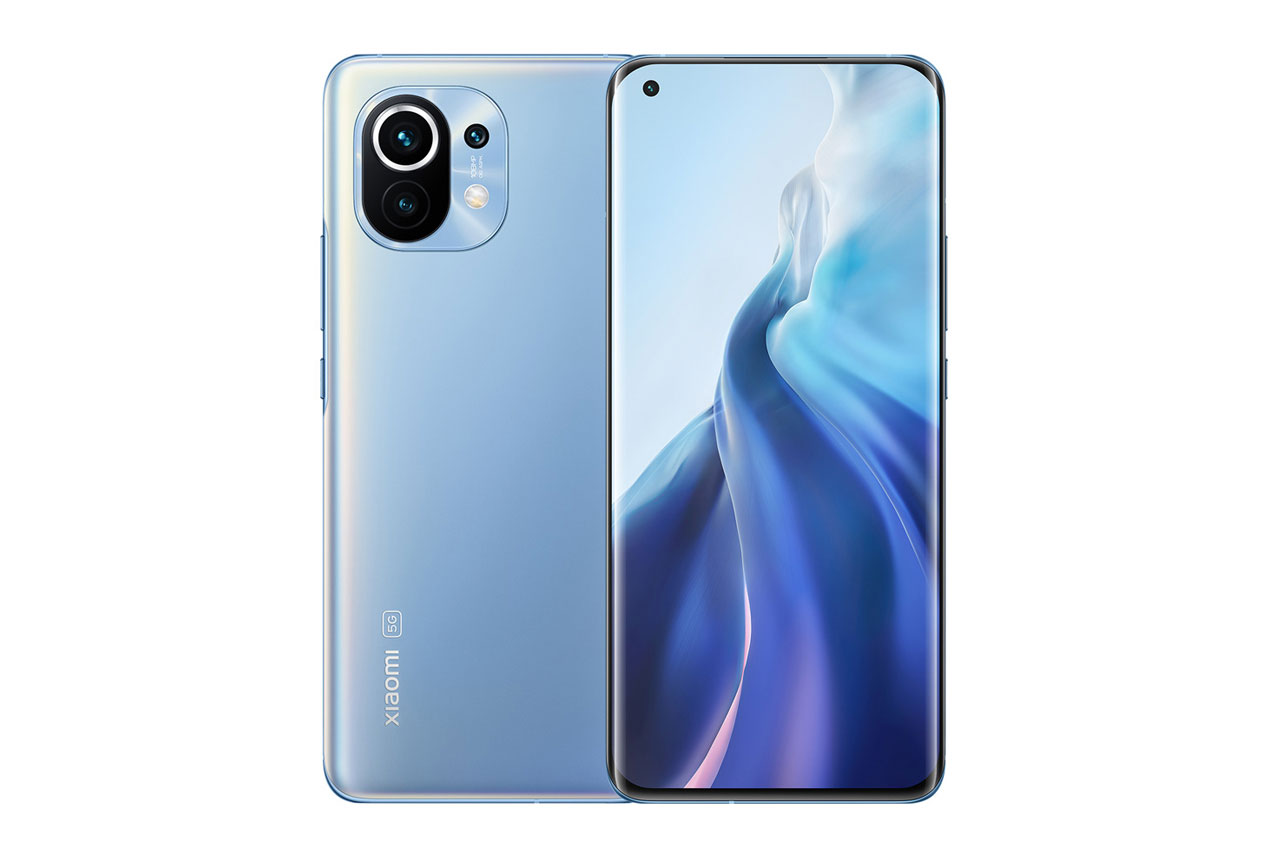 Xiaomi Mi 11
Xiaomi Mi 11


 135th
135th
 27th
27th
Pros
- Video brightness is well adapted, especially for HDR10 content.
- Colors are fairly accurate overall.
- Acceptable readability in most tested conditions.
- Aliasing in video games is well managed.
Cons
- Image adaptation to very bright light can alter the color fidelity of the rendering.
- Dark details are difficult to perceive when watching HDR10 content.
- Noticeable lack of smoothness when browsing the web page and in the gallery app.
- Zooming in the gallery app is not accurate.
The Xiaomi Mi 11’s overall score of 87 reflects a solid performance in most of our protocol tests, and places it firmly in the upper half of our database of devices tested so far; further, it is head and shoulders above its brand mate, the Mi 10 Ultra. In this review, we compare the Xiaomi Mi 11 with the OnePlus 8T, the Xiaomi Mi 10 Ultra, and the Samsung Galaxy S21 Ultra 5G (Exynos).

Readability
Xiaomi Mi 11
65
76
DXOMARK uses the device’s gallery app to show static (still image) content when measuring the device’s display for brightness, contrast, gamma, and blue light impact, etc.
How easily you can see the content on your display is of paramount importance. Although several points behind the category leader, the Xiaomi Mi 11’s score of 65 marks an improvement over the Mi 10 Ultra and is indicative of generally satisfactory readability.
The newer Xiaomi device’s brightness is slightly low, but readability remains acceptable in low-light environments, though darker shades can be difficult to distinguish in indoor conditions.
Outdoors, the Xiaomi device’s image adaptation improves readability, especially under sunlight, but luminance is still too low.
The Xiaomi Mi 11’s adaptation to lighting transitions is smooth, but it is both slow to react and slow to adapt.
Viewed at an angle, the Mi 11 loses brightness, which decreases its readability, particularly when it comes to details in darker images.
In terms of brightness uniformity, the Mi 11 screen shows a slight but noticeable gradient from a brighter bottom to a darker top, and a somewhat darker band aligned with the notch is also visibly present (you can see this in the illustration of color uniformity toward the end of the next section).
With the blue light filter (BLF) on, there is a small but perceptible loss of brightness, but the overall readability remains close to the readability without the BLF on.

Color
Xiaomi Mi 11
86
92
DXOMARK uses the device’s gallery app to show static (still image) content when measuring the device’s display for white point, gamut, uniformity, color fidelity, and blue light filter impact, etc.
A score of 86 puts the Xiaomi Mi 11 in the fifth-place slot in our database to this point, which represents an improvement over the Mi 10 Ultra at 80 points.
Like many other devices, the Xiaomi smartphone does not adapt its white point to the ambient lighting. Further, the Mi 11’s colors can sometimes be oversaturated and a yellow-green cast can be noticeable.
Whether in shade or in sunlight outdoors, there are slight but noticeable orange to reddish casts, though they are not distracting.
The charts below show the Xiaomi Mi 11’s color reproduction fidelity when under 1000 lux lighting in both the sRGB (standard) color space (left) and the broader DCI-P3 color space (right). The center of each circle is the target color; anything outside the circle represents a noticeable color difference. The further the tip of the arrow is outside of the circle, the more a user will notice the difference between the color on the display and the original color of the source material. The Mi 11 shows good fidelity in the DCI-P3 color space:
Depending on the degree, when held at an angle, the Xiaomi Mi 11 shows a blue to greenish color shift; you can see this shift in the right-hand scatter chart below. Of perhaps greater consequence is that colors appear less saturated at an angle.
You can see the color shift from the on-axis view…
… to a perceptibly different rendering at a 45° angle:
As for color uniformity, there are reddish areas discernible at the top of the Mi 11’s display (and the bright bottom to darker top gradient mentioned in the previous section is noticeable as well):
When the Xiaomi Mi 11’s BLF is activated, the screen takes on a bit of a yellow cast, but remains acceptable.

Video
Xiaomi Mi 11
78
91
DXOMARK uses the device’s video (or browser) app to show dynamic content when measuring the device’s display for brightness, contrast, gamma, and color.
Though it remains quite a ways behind the category-leading Samsung Galaxy S21 Ultra 5G (Exynos)’s 90 points, video was the category in which the Xiaomi Mi 11 achieved the biggest improvement over the Mi 10 Ultra — an enormous gain of 40 points, thanks largely to much better overall brightness, making it well suited for watching HDR10 content, as you can see in the photo array.
The Mi 11’s video color is satisfactory overall, although slight yellow-green cast is noticeable:
This same yellow-green color cast is slightly perceivable on skin tones (which you can see in the illustration for video brightness above), but the rendering is acceptable.

Motion
Xiaomi Mi 11
78
87
In our lab tests, the Xiaomi Mi 11 showed many frame drops at both 30 fps and 60 fps, as seen below:
However, when playing video games as part of our perceptual testing, our engineers did not notice any frame drops. There was a bit of noticeable motion blur and some minor frame duplication. The Xiaomi device lost a few points because of a slight but perceptible delay when resuming video playback when using the slider, thereby slowing down playback at times.

Touch
Xiaomi Mi 11
62
85
The Xiaomi Mi 11 did not score well for touch, even coming in several points behind the Mi 10 Ultra model for this category, and far behind the category leader (the OnePlus 8T at 83). Zooming in the gallery app lacks accuracy. The device is not smooth when browsing the web nor when scrolling in the gallery app; that said, however, the device feels fairly smooth when playing video games. (Note that performance can be improved by using the 120 Hz refresh rate setting.)

Artifacts
Xiaomi Mi 11
83
86
The Xiaomi Mi 11’s mean reflectance is 4.8%, and the graph below shows its reflectance curve over the visible spectrum:
The Xiaomi device does not suffer from noticeable flicker:
The Xiaomi Mi 11 has no visible judder at 24 fps. It also shows no judder at 30 fps or 60 fps, but frame drops occur frequently at both 30 and 60 fps, and ghost touches are noticeable from time to time. A big plus is that aliasing is almost invisible when playing video games on the Mi 11, as the screengrabs below illustrate:
Some closeups:
Conclusion
While still not quite a frontrunner, the Xiaomi Mi 11’s display performance was markedly better in nearly every category than the Mi 10 Ultra that preceded it. Improvements were particularly noticeable in video and control of artifacts, although it also advanced for readability, color, and motion as well. However, the Mi 11 took a step backward in terms of touch smoothness and accuracy, which some gamers might find a bit off-putting (even though they will likely be happy with the Mi 11’s excellent control of aliasing). That said, however, switching to a 120 Hz refresh setting can improve the device’s touch smoothness.


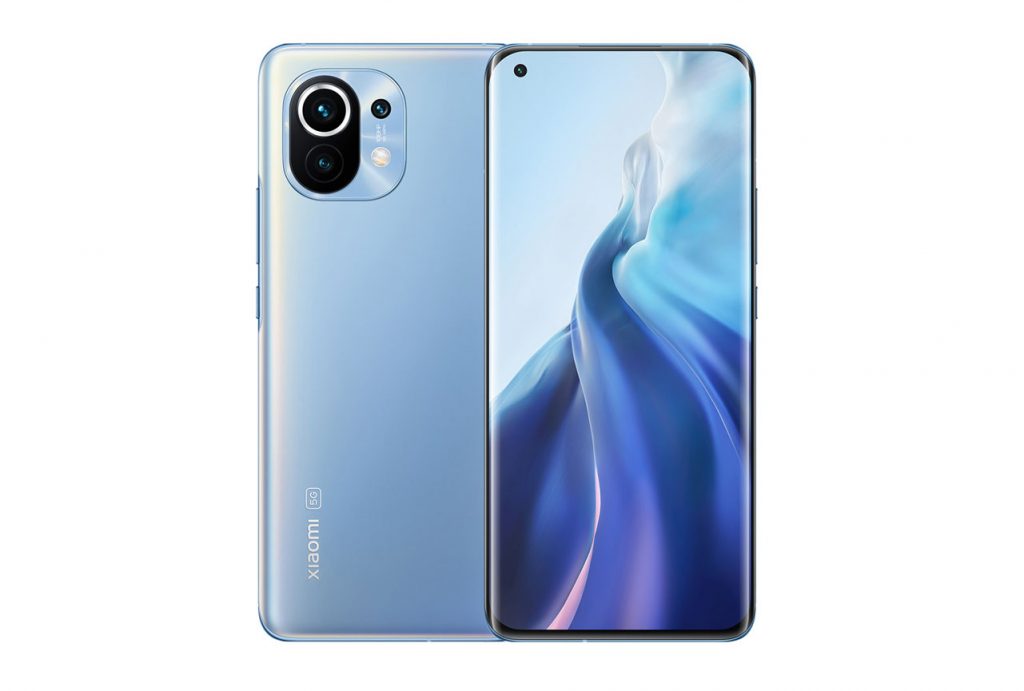






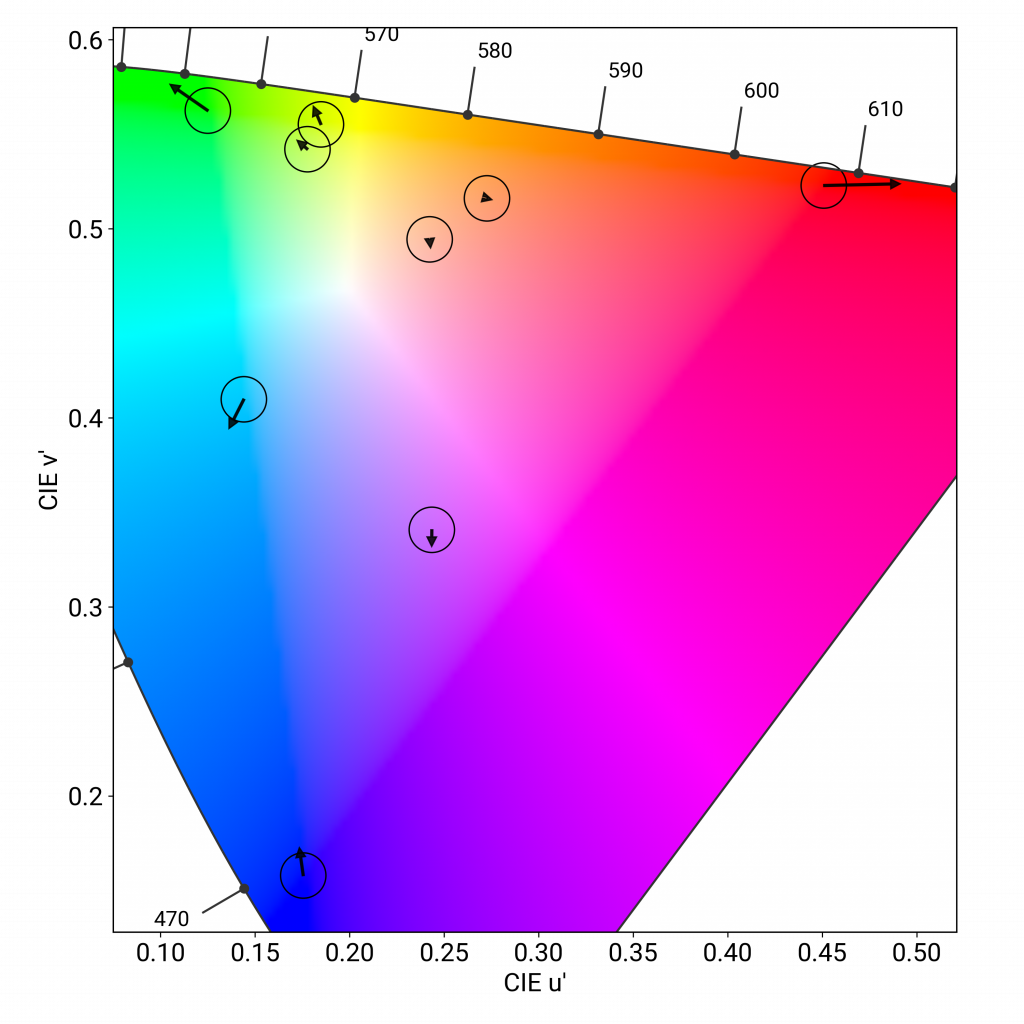
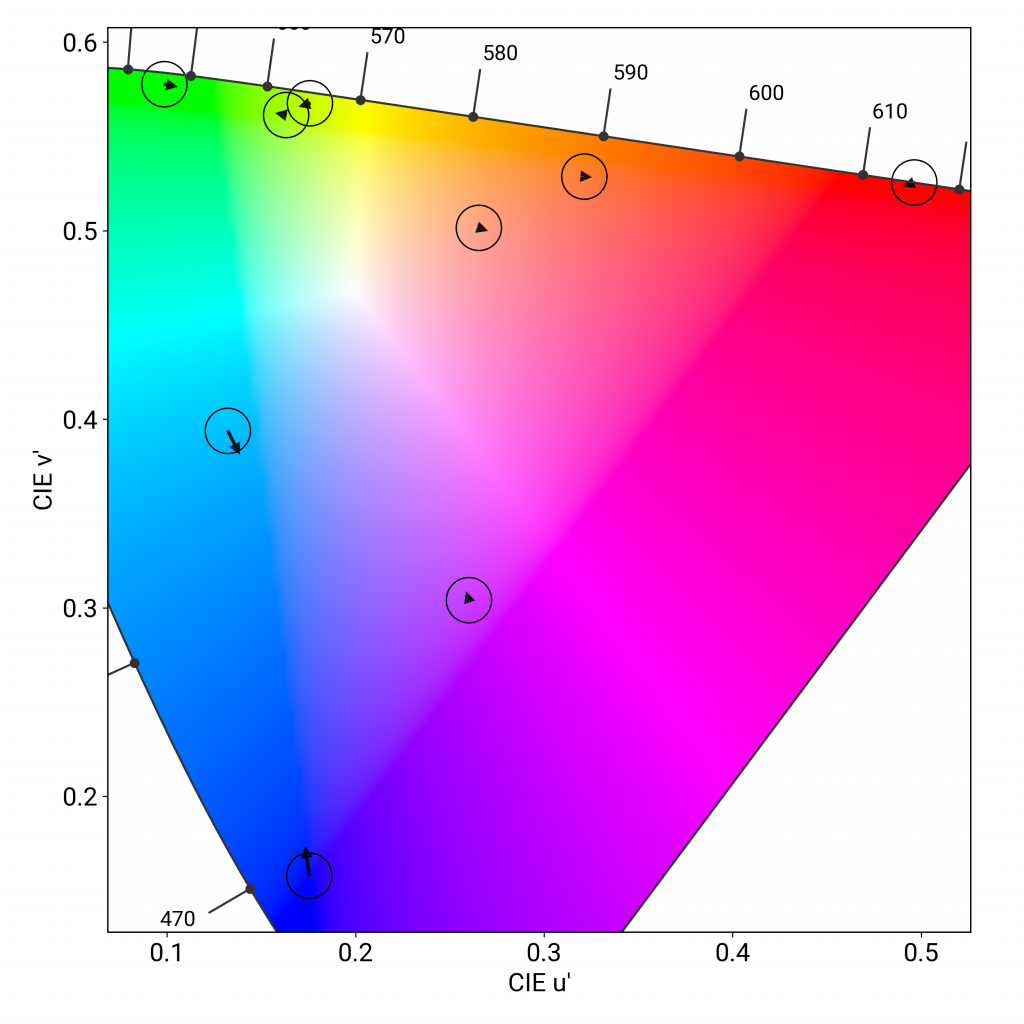
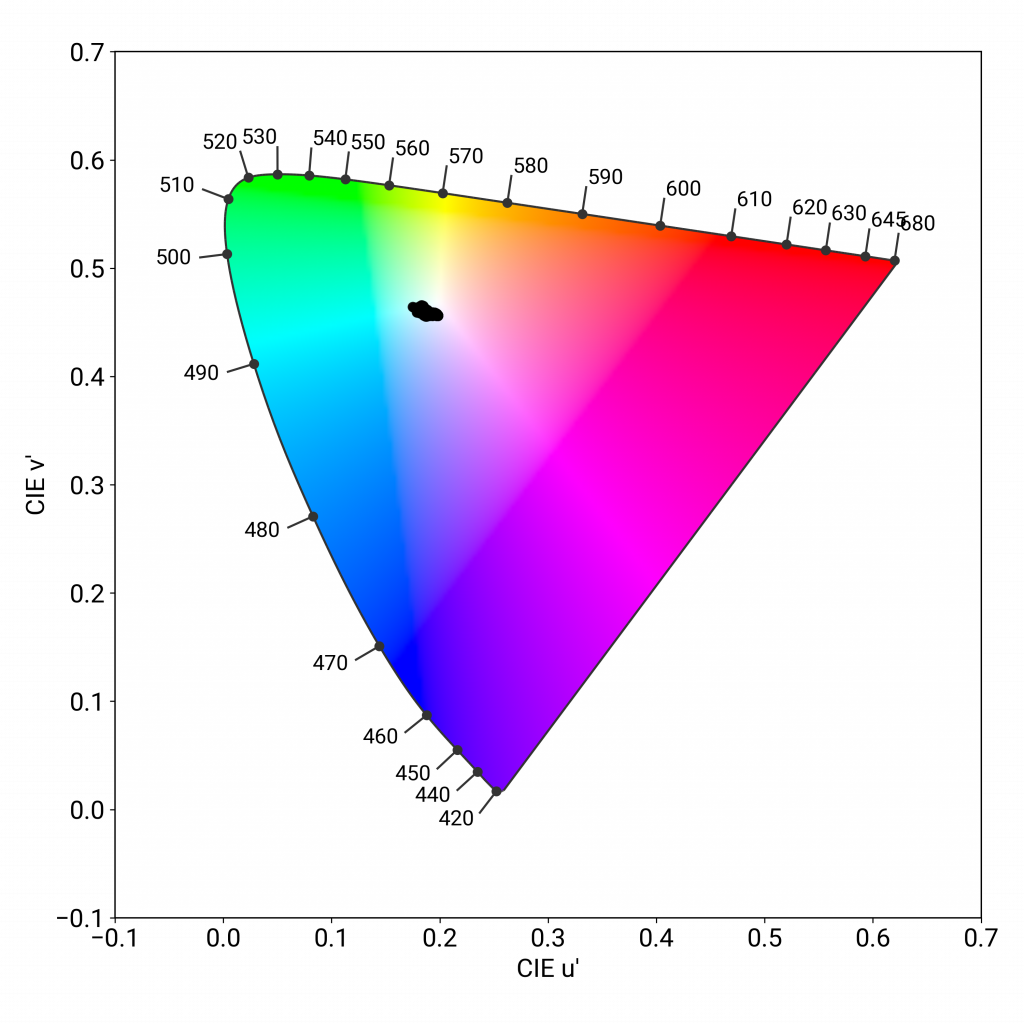



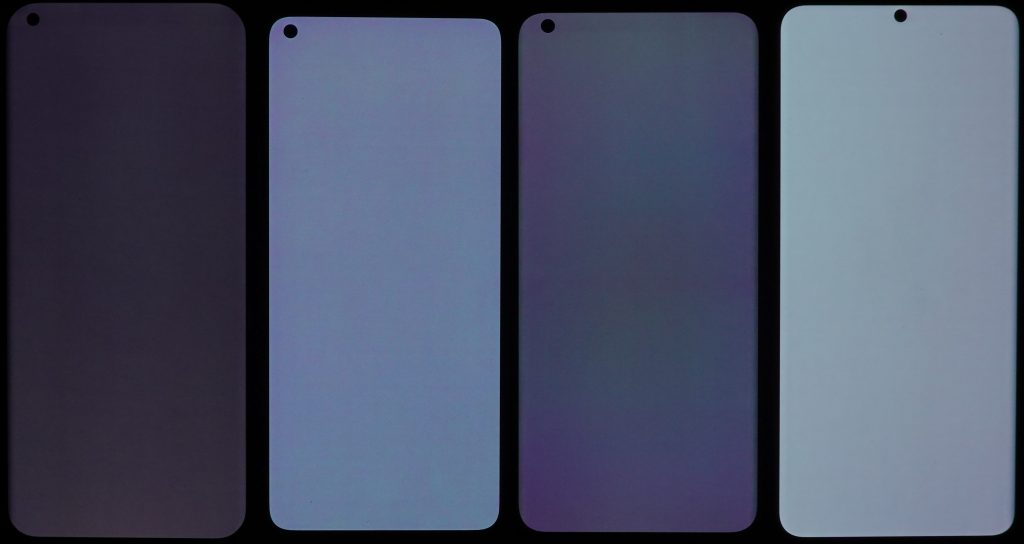
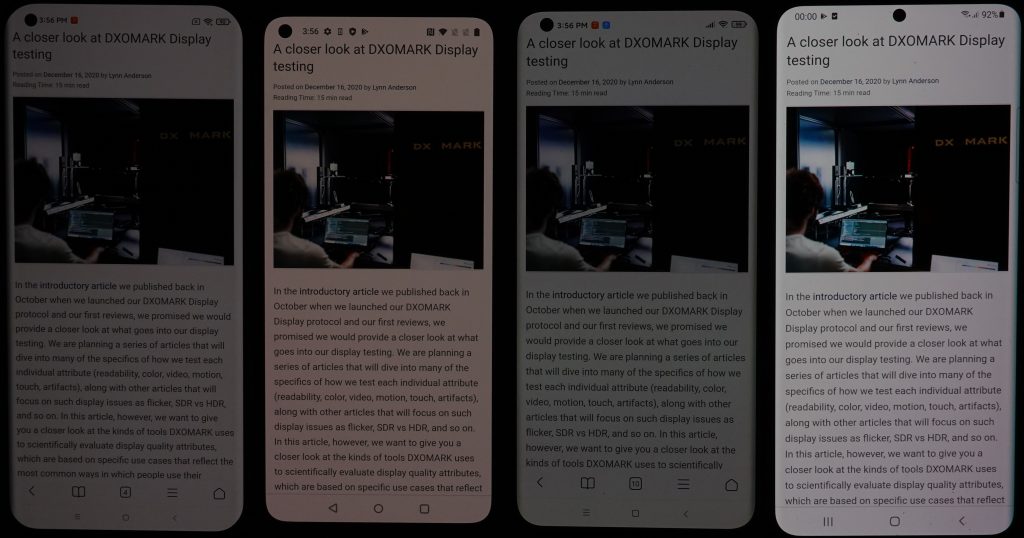


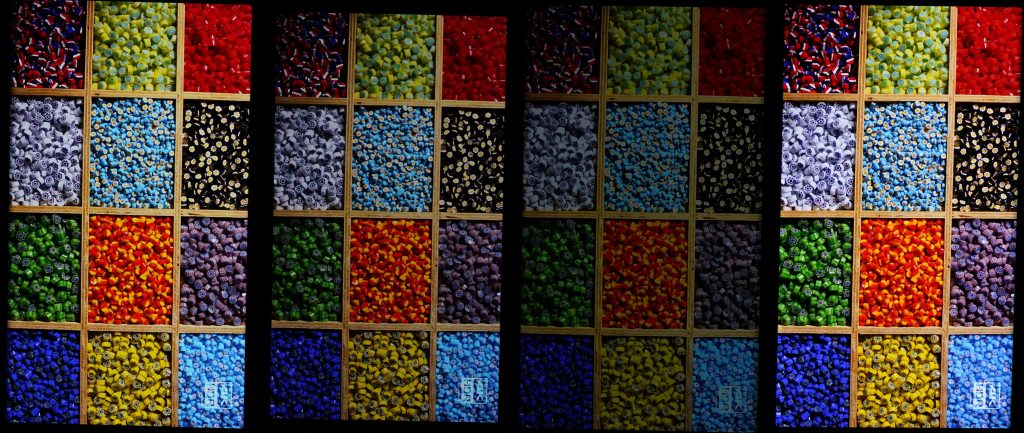


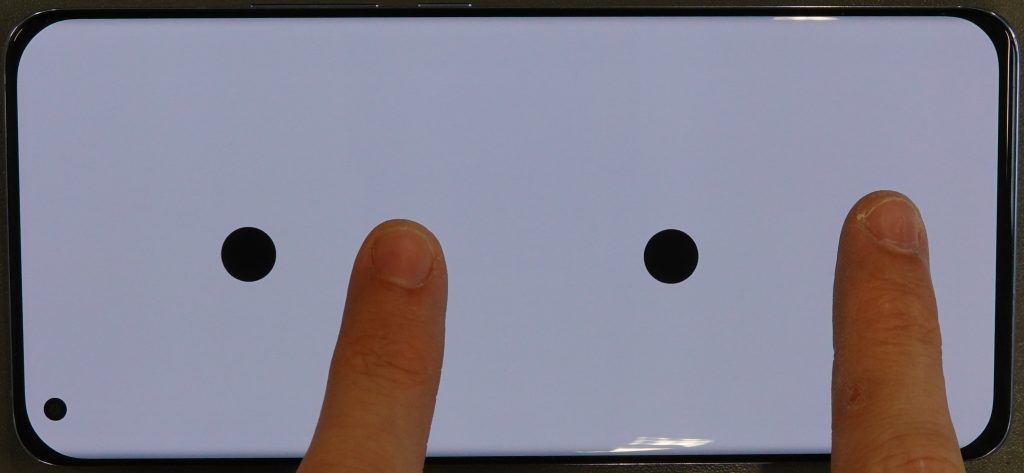
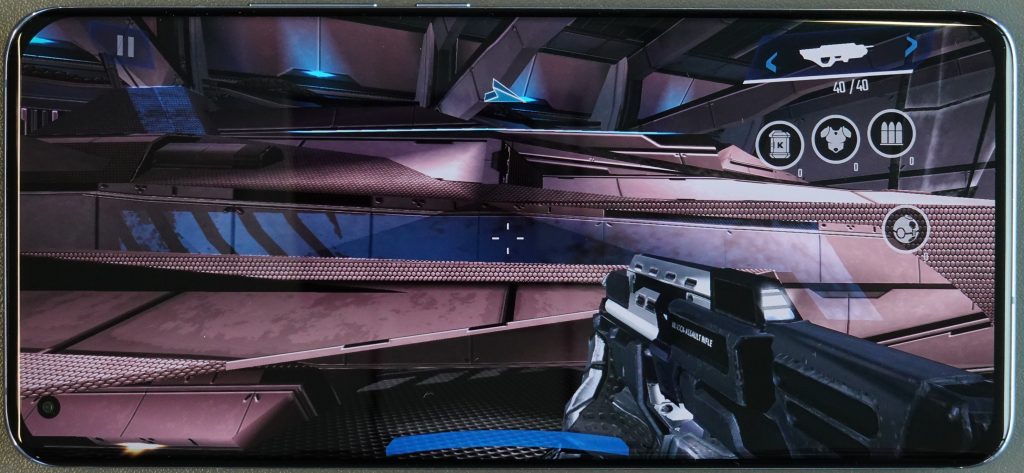



DXOMARK encourages its readers to share comments on the articles. To read or post comments, Disqus cookies are required. Change your Cookies Preferences and read more about our Comment Policy.